Microplastics (MPs) are ubiquitous and persistent pollutants, and have been detected in a wide variety of media, from soils to aquatic systems. MPs, consisting primarily of polyethylene, polypropylene, and polyacrylamide polymers, have recently been found in 12% of samples of honey collected in Ecuador. Recently, MPs have also been identified in honey bees collected from apiaries in Copenhagen, Denmark, as well as nearby semiurban and rural areas. Given these documented exposures, assessment of their effects is critical for understanding the risks of MP exposure to honey bees. Exposure to polystyrene (PS)-MPs decreased diversity of the honey bee gut microbiota, followed by changes in gene expression related to oxidative damage, detoxification, and immunity. As a result, the aim of this perspective was to investigate whether wide-spread prevalence of MPs might have unintended negative effects on health and fitness of honey bees, as well as to draw the scientific community’s attention to the possible risks of MPs to the fitness of honey bees. Several research questions must be answered before MPs can be considered a potential threat to bees.
2412 Members
127 Countries!
127 Countries!










